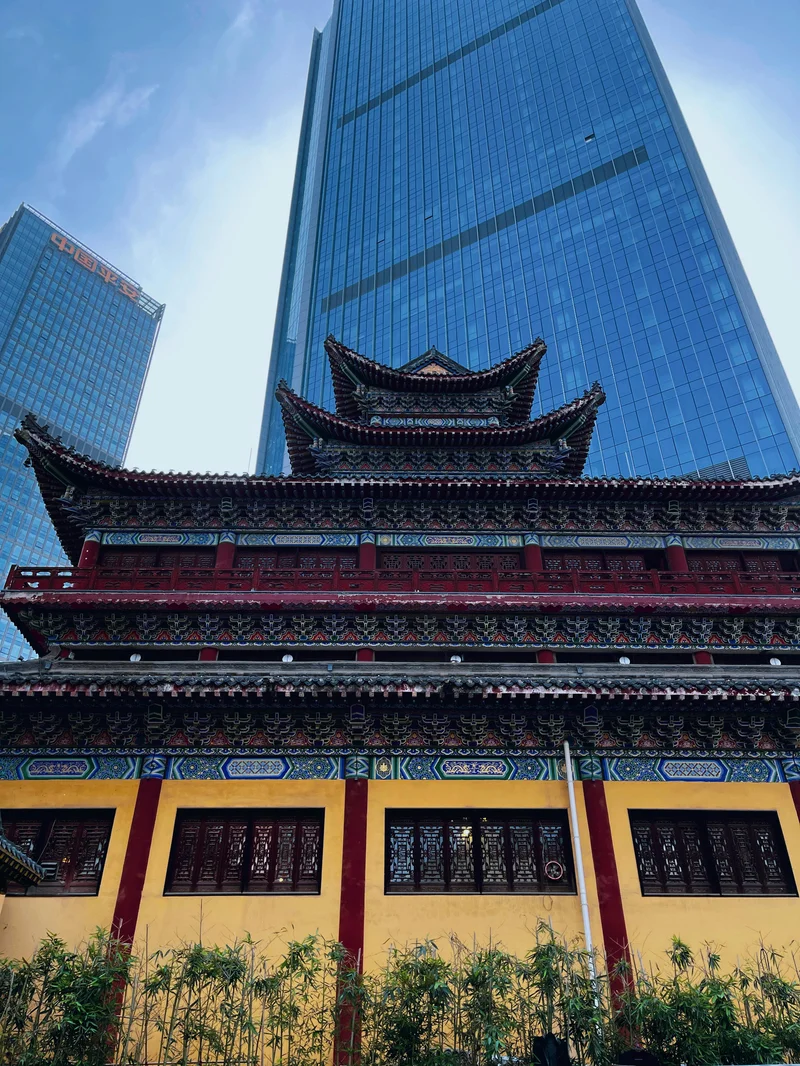Real-Time BNB Signal Analytics
Real-Time BNB Signal Analytics
Chongqing's Tourism Boom: Hype or Sustainable Growth?
Chongqing. The name conjures images of steaming hot pot, sprawling urban landscapes, and now, apparently, a burgeoning tourism sector. The recent International Travel Agent Conference, marking its fifth year, paints a rosy picture of global interest and strategic partnerships. But let's dig into the numbers and see if this growth is built on solid ground or just clever marketing.
The conference itself boasted 400 participants from nearly 40 countries. Impressive, sure, but what's the conversion rate? How many of these attendees translate into actual tour packages sold? The reports highlight cooperation agreements signed, but the devil's always in the details. What are the specific, measurable targets within these agreements? Are we talking about a 5% increase in inbound tourists or a moonshot goal of 50%? Details, as usual, remain scarce. According to International Travel Agent Conference Held In Chongqing, China Solidifies Global Tourism Leadership With Inbound Travel Opportunities, the conference aimed to solidify global tourism leadership with inbound travel opportunities.
Chongqing is aiming to become a "world-renowned cultural and tourism destination." Every city says that, right? Zhao Shiqing, a Deputy Director from the Chongqing Municipal People's Congress, emphasized this ambition. Good for him. But ambition doesn't pay the bills. What’s Chongqing actually offering that differentiates it from, say, Chengdu or Xi'an? The Three Gorges are beautiful, I'll grant you that, but they're not exactly a secret.

One interesting angle is the focus on "international medical tourism." This is where things get potentially interesting. The city is rolling out new policies to facilitate visas, improve accommodation, and streamline payment systems. These are all crucial steps, but the question remains: what specific medical treatments are they promoting? Are they targeting cosmetic surgery, specialized cancer treatments, or traditional Chinese medicine? The success of this initiative hinges on identifying a niche where Chongqing can offer a competitive advantage.
And this is the part of the report that I find genuinely puzzling. The reports mention five "2026 Chongqing Culture and Tourism Promotion Ambassadors." Influencers, basically. From the UK, Australia, Russia, Thailand, and the US. Okay… but what's their actual reach? Are they micro-influencers with a few thousand followers, or are we talking about celebrities with millions? The impact of these ambassadors is directly proportional to their audience size and engagement rates. The city is clearly trying to boost its image across international networks, but the effectiveness of this strategy remains to be seen.
Chongqing's GDP growth rate in 2023 reached 6.5%—to be more exact, 6.5%, outpacing the national average. This growth is attributed to manufacturing and service industries. Tourism is lumped into that “service industry” bucket, but what percentage of that 6.5% is actually attributable to tourism? Is it a significant driver, or is it a rounding error? The Chongqing Statistics Bureau isn't exactly forthcoming with those granular details.
Chongqing is undoubtedly a city on the rise. Its strategic location and economic growth are undeniable. The push for tourism is a logical extension of this growth. However, the reports emanating from this conference are heavy on aspiration and light on concrete data. Before we declare Chongqing the next global tourism hotspot, let's see some hard numbers on tourist arrivals, spending, and the actual impact of these much-touted "cooperation agreements." Until then, I'll remain cautiously skeptical.